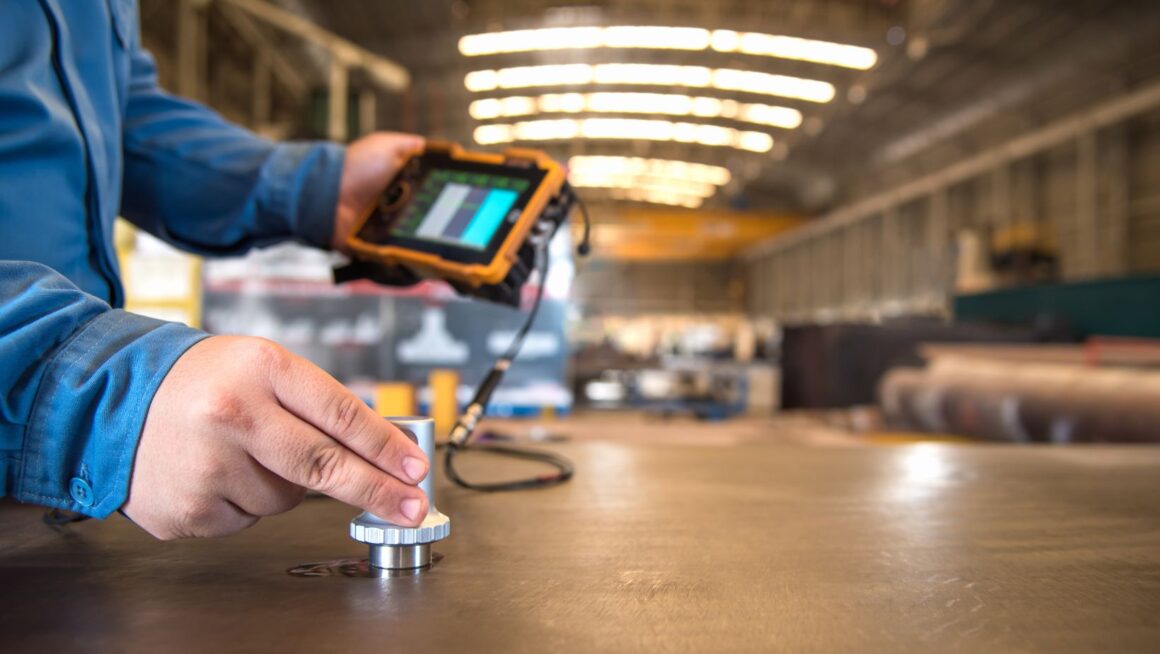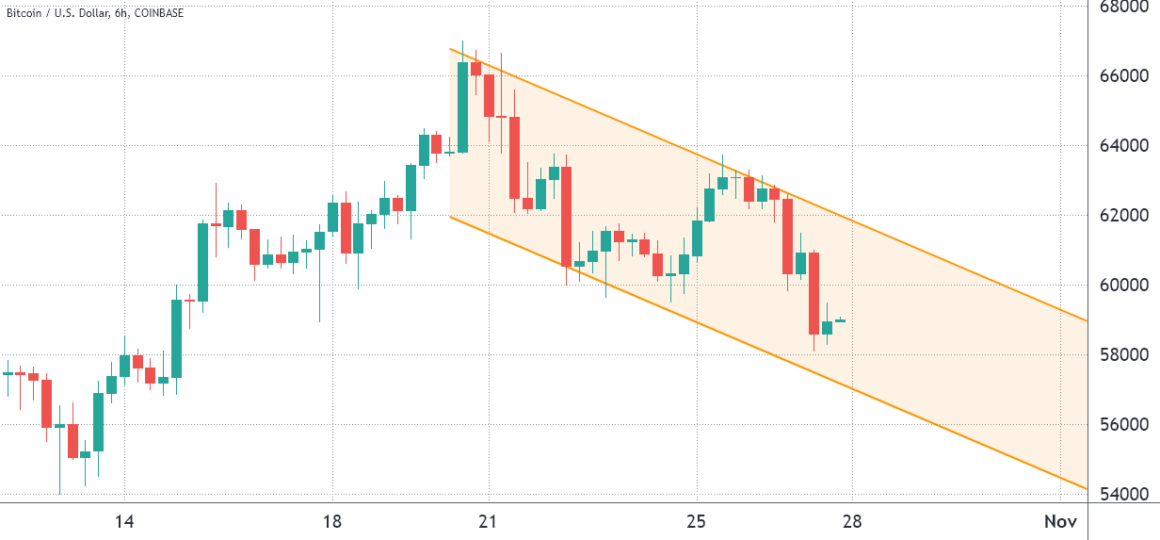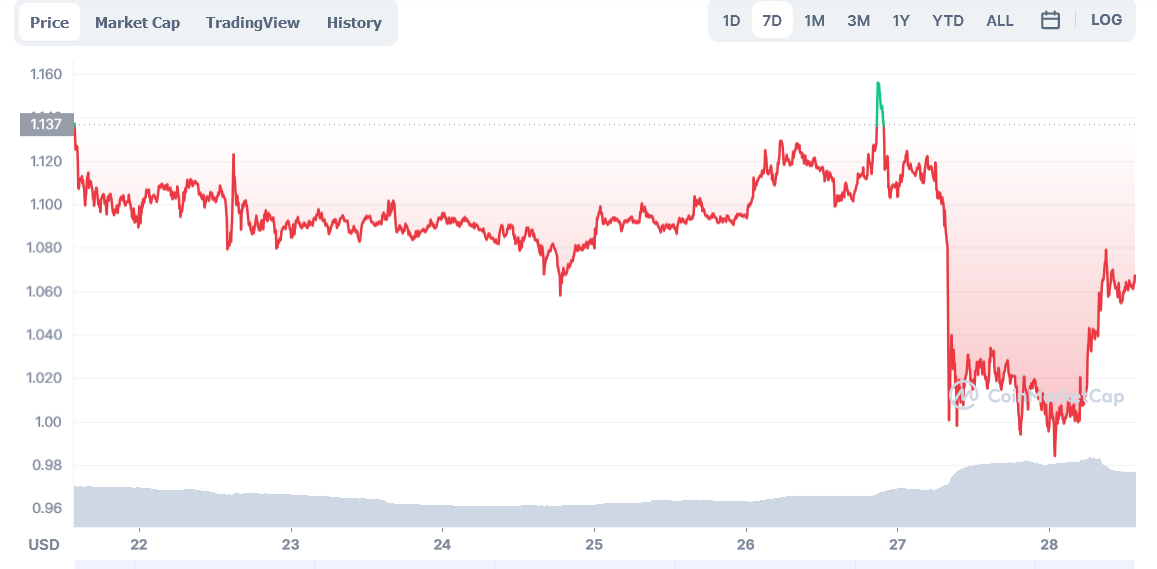In the realm of construction and material science, ensuring the appropriate moisture content of materials is crucial for both structural integrity and longevity. A moisture testing gauge serves as a fundamental tool in this process, allowing professionals to accurately measure and monitor moisture levels in various materials. This comprehensive guide delves into the workings, applications, types, and best practices associated with moisture testing gauges, shedding light on their significance in industries ranging from construction to agriculture and beyond.
Understanding Moisture Testing Gauges
Moisture testing gauges, often referred to simply as moisture meters, are devices designed to quantify the moisture content present within a material. The primary function of these gauges is to provide quick and accurate measurements, facilitating informed decisions during material selection, processing, and quality control. By utilizing different principles and technologies, moisture testing gauges can assess moisture levels in substances such as wood, concrete, soil, and grains, among others.
Principles of Operation
The operation of moisture testing gauges is based on several principles, each suited to different types of materials and moisture measurement needs:
- Resistance-Based Gauges: These gauges measure the electrical resistance between two electrodes inserted into the material. Moisture content affects the conductivity of the material, thereby altering the resistance measured by the gauge. This principle is commonly used for measuring moisture in wood and building materials.
- Capacitance-Based Gauges: Utilizing the principle of dielectric measurement, capacitance-based gauges determine moisture content by assessing changes in the dielectric properties of the material. These gauges are suitable for measuring moisture in non-conductive materials such as grains, plastics, and paper.
- Radio Frequency (RF) Gauges: RF gauges emit electromagnetic waves into the material and measure the dielectric properties of the substance. By analyzing the reflected signal, these gauges calculate moisture content in materials like concrete and aggregates.
- Near-Infrared (NIR) Spectroscopy: NIR spectroscopy gauges use infrared light to penetrate the material and analyze the absorption characteristics of moisture molecules. This method is effective for measuring moisture in grains, seeds, and other agricultural products.
Applications of Moisture Testing Gauges
The versatility of moisture testing gauges enables their application across various industries and disciplines:

- Construction: In construction, moisture testing gauges are indispensable for assessing the moisture content of concrete, plaster, and other building materials. Proper moisture levels are crucial to prevent structural damage and ensure the durability of construction projects.
- Woodworking: Woodworkers rely on moisture testing gauges to determine the moisture content of timber before using it in furniture making, flooring, or cabinetry. Controlling wood moisture levels prevents warping, cracking, and other defects.
- Agriculture: Farmers and agronomists use moisture meters to monitor the moisture content of soil, ensuring optimal conditions for crop growth and irrigation management. Similarly, in grain storage and processing, moisture testing gauges help maintain the quality and shelf life of grains.
- Manufacturing: Manufacturers utilize moisture testing gauges during the production of paper, textiles, pharmaceuticals, and food products to ensure consistency and quality control. Measuring moisture content prevents product defects and enhances manufacturing efficiency.
Types of Moisture Testing Gauges
Moisture testing gauges are categorized based on their intended application and the technology they employ:
- Pin-Type Gauges: These gauges feature two pins that penetrate into the material to measure moisture content at specific depths. Pin-type gauges are commonly used for wood and building materials where precise measurements at different depths are required.
- Pinless Gauges: Also known as pinless or non-invasive meters, these gauges use electromagnetic waves to measure moisture content without damaging the material’s surface. Pinless gauges are ideal for quickly scanning large areas of materials such as drywall, flooring, and ceilings.
- Grain Moisture Meters: Specifically designed for agricultural applications, grain moisture meters assess the moisture content of crops like wheat, corn, rice, and soybeans. These meters help farmers determine the optimal time for harvesting and ensure grains are stored at appropriate moisture levels to prevent spoilage.
- Handheld vs. Inline Gauges: Handheld moisture testing gauges are portable devices used for on-site measurements and inspections. In contrast, inline gauges are integrated into production lines to provide continuous monitoring and control of moisture levels during manufacturing processes.
Choosing the Right Moisture Testing Gauge
Selecting the appropriate moisture testing gauge depends on several factors:
- Material Type: Consider the type of material (e.g., wood, concrete, soil) you need to measure, as different gauges are designed for specific materials.
- Measurement Depth: Determine whether you require measurements at specific depths within the material (relevant for pin-type gauges) or surface-level assessments (suitable for pinless gauges).
- Accuracy and Precision: Evaluate the gauge’s accuracy and precision specifications to ensure reliable measurements for your application requirements.
- Portability and Ease of Use: For field applications, opt for a handheld gauge that is lightweight, easy to operate, and capable of providing instant readings.
Ideal Practices for Moisture Testing
To obtain accurate and meaningful moisture measurements, adhere to these best practices:
- Calibration: Regularly calibrate your moisture testing gauge according to manufacturer guidelines to maintain accuracy and consistency in measurements.
- Sample Preparation: Prepare material samples according to recommended procedures to ensure representative and reliable moisture content readings.
- Measurement Locations: Take measurements at multiple locations within the material to account for variations in moisture distribution.
- Interpretation of Results: Interpret moisture readings in conjunction with material specifications and standards relevant to your industry to make informed decisions.
Future Trends and Innovations
Advancements in technology continue to drive innovation in moisture testing gauges:

- Wireless Connectivity: Integration with wireless technology enables data transmission and remote monitoring capabilities, enhancing workflow efficiency and data accessibility.
- Smart Sensors and IoT: The development of smart sensors and Internet of Things (IoT) solutions allows for real-time monitoring and predictive maintenance based on moisture data analytics.
- Artificial Intelligence (AI): AI algorithms applied to moisture data analysis offer insights into material behavior, facilitating proactive moisture management strategies.
Conclusion
In conclusion, moisture testing gauges play a pivotal role across diverse industries by enabling precise measurement and control of moisture content in various materials. From construction and agriculture to manufacturing and beyond, these instruments contribute to quality assurance, operational efficiency, and product integrity. Understanding the principles, applications, types, and best practices associated with moisture testing gauges is essential for professionals seeking to optimize processes and mitigate risks associated with moisture-related issues. As technology continues to evolve, the future promises even more sophisticated solutions to meet the growing demands of moisture management in a wide range of industries.
By integrating moisture testing gauges into their practices, professionals can ensure that materials meet desired specifications, thereby enhancing performance, durability, and overall quality in their respective fields.
Market Maestro: With an uncanny ability to predict the ups and downs of the crypto market, Jordan is our go-to for all things investment. Just don’t ask him for lottery numbers; he says it’s a different kind of prediction magic.



